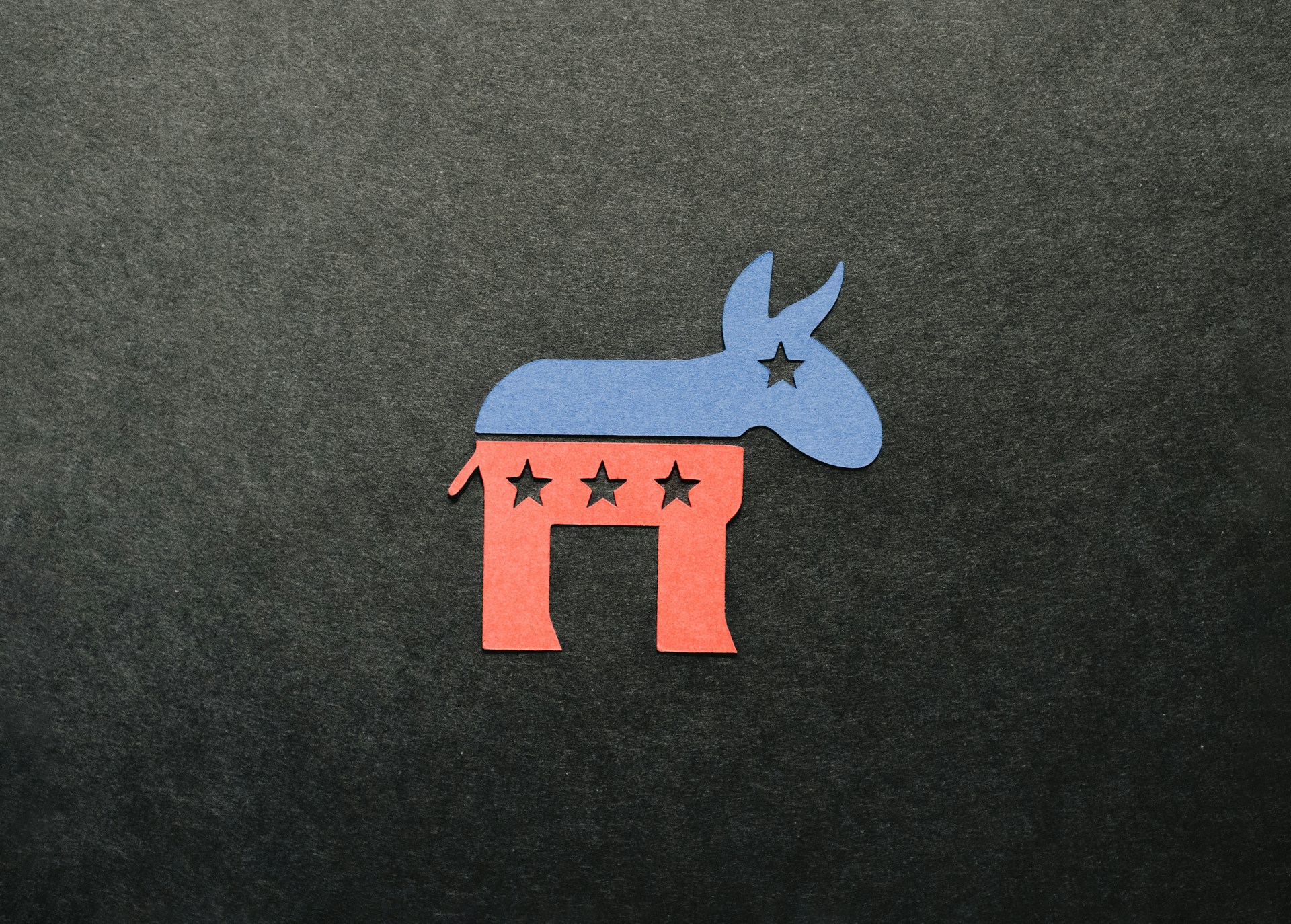The resumes of the event speakers, who came from a wide variety of political committees, agencies, and non-profits, had one thing in common: a career of dedication to politics. These leaders and strategists from across party lines gathered on the day of the event to discuss digital marketing’s increasingly central role in political campaign success, during a time when digital campaigns are marked by complexity and also controversy. So what did we learn about the intersection of digital marketing and politics in this day and age? Read on for our takeaways on key panels.
Panel: The New TV – Buying Into Screen Agnostic Stories
The first panel featured Tim Lim, Partner at agency NewCo, Jaime Bowers, Senior VP at National Media and Amanda Elliot, Digital Director for the Republican Governors Association. One of the key takeaways from this conversation was that many of the agencies remain siloed from a digital, TV, radio, out-of-home (OOH), over-the-top (OTT) perspective, with little integration between specialists. Also, both agency representatives discussed their use of antiquated metrics such as CTR and VCR, and the opportunity to better show measurement of campaign success. For example, reach and frequency are paramount to comparing the success of TV and digital. Lim noted that on the left of the aisle, it is especially challenging to quantify success given the diversity of the audience and the various ways different age groups and ethnic groups use technology. All agreed that budget was not so much the issue with campaigns, but rather but timeliness and flexibility, as messaging needs to closely follow the news cycle.
Keynote Q&A: DNC: Time Is More Important Than Money / Keynote Q&A: RNC: The Presidential Playbook
The keynote Q&As with the Democratic National Committee and Republican National Committee, which featured Patrick Stevenson, Chief Mobilization Officer, and Kevin Zambrano, Chief Digital Officer, respectively, highlighted the contrasts between both groups. Namely, that the RNC has had years of fundraising efforts for Trump while the DNC now has to build infrastructure (and raise money) to essentially hand off assets to the nominee campaign.
During the DNC keynote, Stevenson spoke about a company called Act Blue, a grassroots platform used to fundraise for the DNC. The non-profit raised $1 billion for Democrats in 2019 and with 8 million registered uses (complete with payment information), the expectation is that this fundraising channel will continue to be a major source of revenue for the party.
Panel: GoTV – Activate, Don’t Alienate
During a panel featuring the GoTV (“Get Out to Vote”) campaign, we learned from Mark Morgan, Deputy Political Director for the National Republican Senatorial Committee, and Sandra Sanchez, Director of Digital Engagement for Voto Latino, that funds are set aside for both the committees and non-profits to encourage people to register to vote and increase overall voter numbers. This campaign is especially impactful for under-represented voter groups, such as Hispanic or African-American voters.
Panel: Follow the Money: Allocation (And Reorganization) Forecasting 2020
The last panel of the day included Lucy Caldwell, Campaign Manager for Republican presidential candidate Joe Walsh, Hilary Loewenstein, Director at Bully Pulpit Interactive, and Ross Rocketto, Co-founder of Run for Something, an organization that encourages citizens to run for local elections. They discussed how publishers must be prepared for rapid-fire changes in creative messaging and medium in the digital realm, especially within a lightning fast online news cycle. Their digital plans need extreme levels of flexibility, which is the expectation of partners. They also discussed tactics in their audience targeting strategies, to ensure the voters they are reaching are the ones they want to come and cast their ballot.
By the end of the day, it was clear that political marketers have their work cut out for them. From siloed advertising strategies, to staying timely and relevant, to activating key voter blocks, to navigating new technology, political marketing in today’s world is not without its challenges. As the year progresses and political campaigns ramp up around the primaries and general election, it will be fascinating to see how digital marketing’s role grows and evolves within political marketing and advertising.






